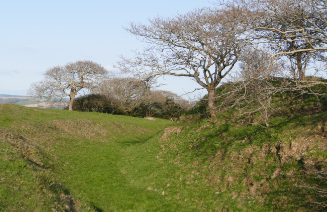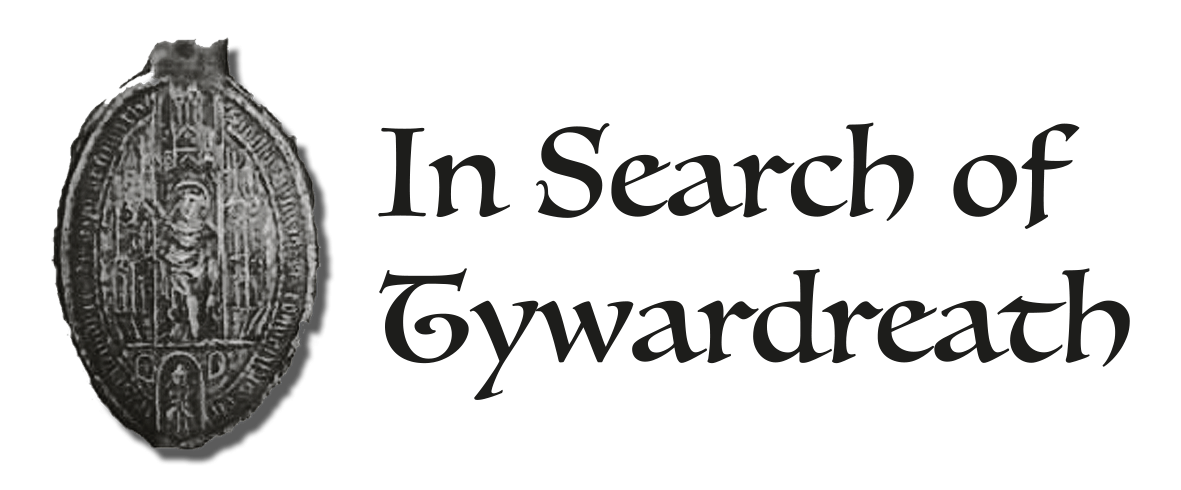
Part of the moat at Castle Dore

During the years of the English Civil War, Cornwall had more influence on how the country was governed than it has ever had since. The Civil War brought a temporary end to the monarchy, saw the murder of the King, the establishment of a Puritanical police state under Oliver Cromwell, the Protectorate and finally the Restoration under Charles ll.
Historian Mary Coate wrote in 1933 that ‘never before or since has she (Cornwall) contributed so largely to the general course of events.’
Initially, the Royalists were triumphant, largely because of the Cornish Army which rapidly earned a fearsome reputation. The Parliamentarians were chased out of Lostwithiel and surrendered at the iron age fort of Castle Dore, part of which with the moat is pictured in the next column.
There’s a plaque (pictured left), erected by Tywardreath Old Cornwall Society in 1964, which reads: ‘These earthworks, 225 ft in diameter, enclosed a village dating from the 3rd to the 1st centuries B.C. In the 16th century A.D. they surrounded the wooden hall of King Mark of Cornwall who figures in the story of Tristan and Iseult and who is named on the stone found near here and now at the Four Turnings, Fowey. On 31st August 1644, the site was held by Parliamentary forces and taken by the Royalists.’ Sadly for the Royalists, things changed. Parliament’s leader Oliver Cromwell summoned Thomas Fairfax who formed the New Model Army and when they marched west they swept the opposition aside.
It was not a happy time for the Cornish. Cromwell’s Putiranism was harsh, taxes were high, former Royalists had to buy back their estates and Christmas was abolished.
